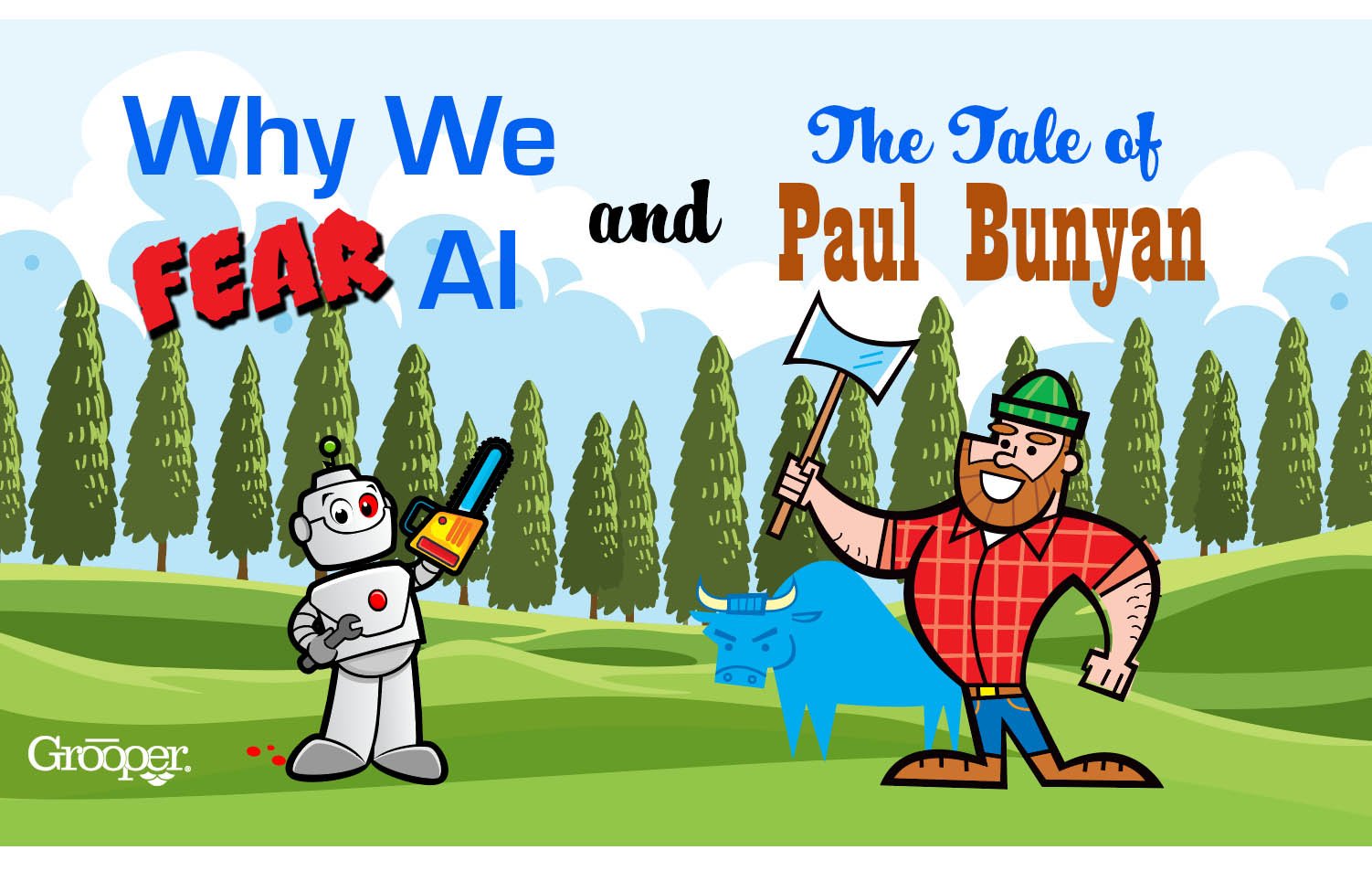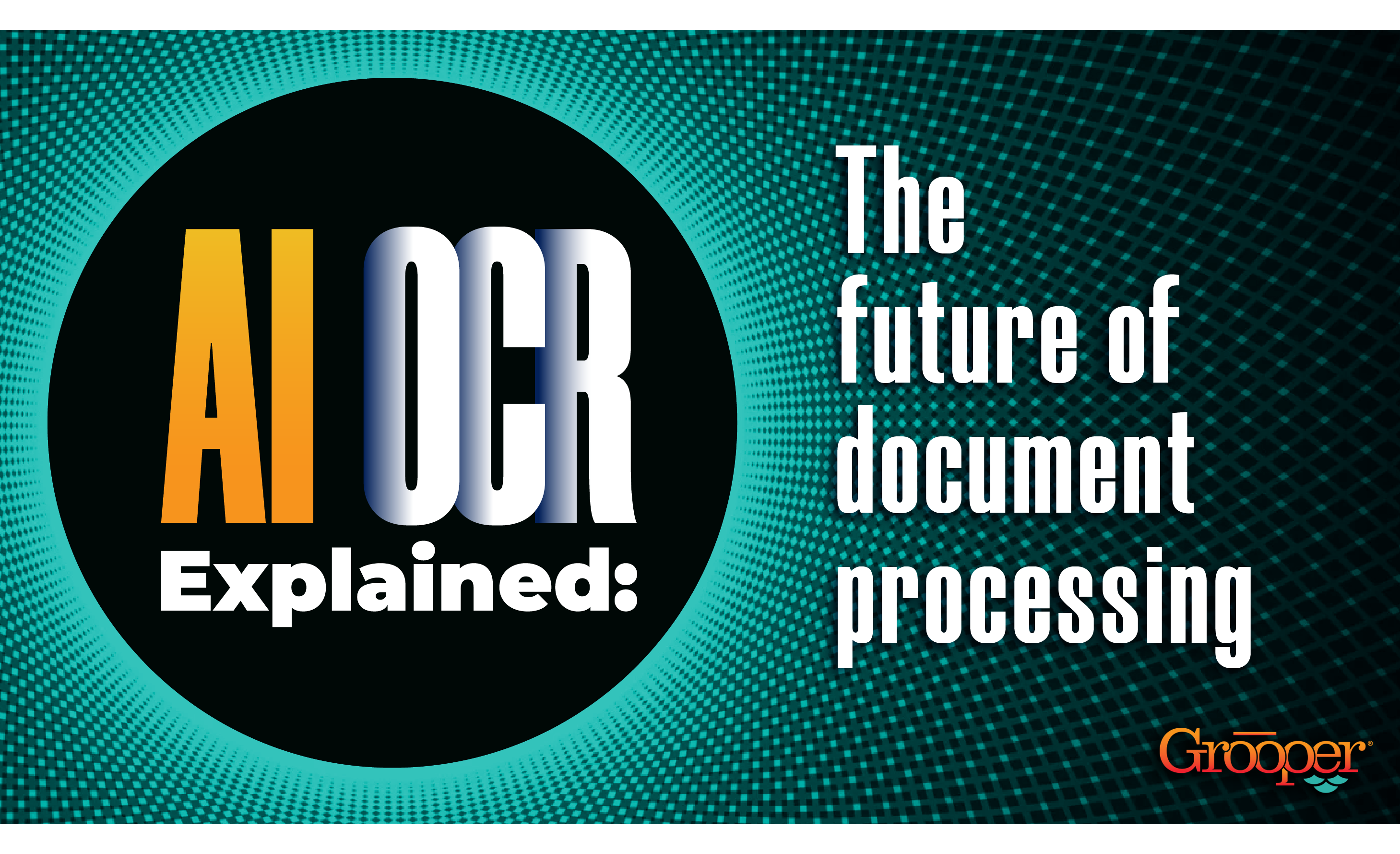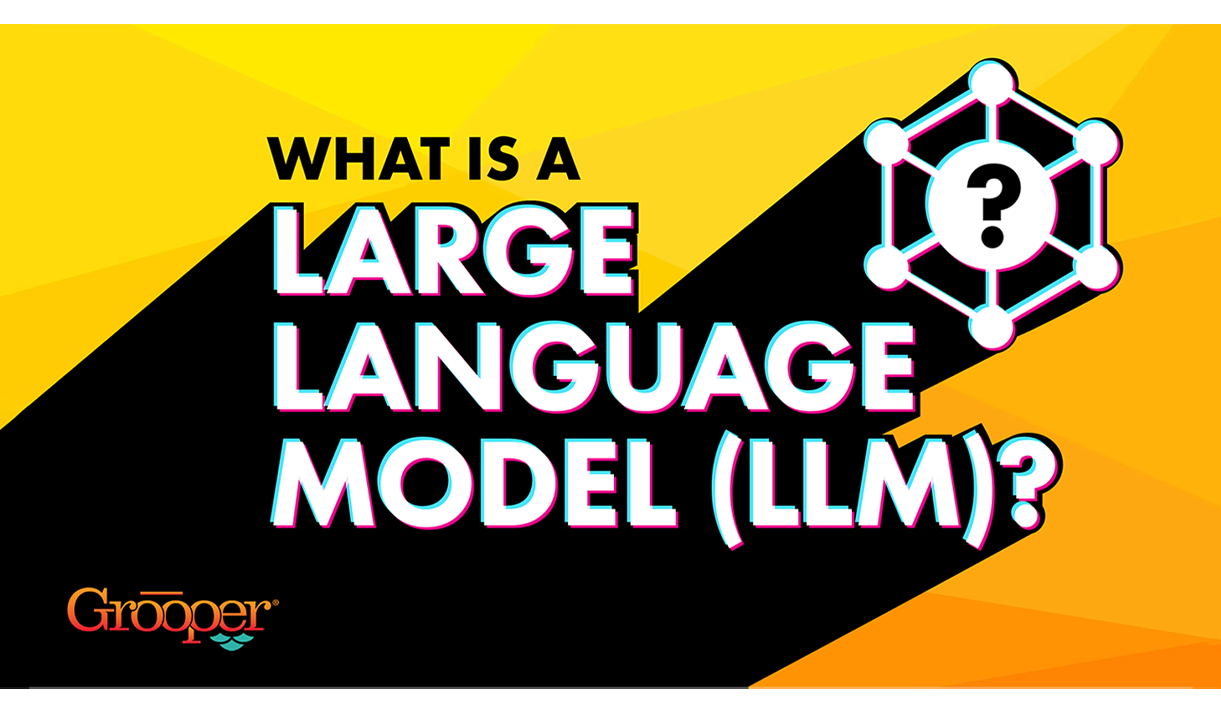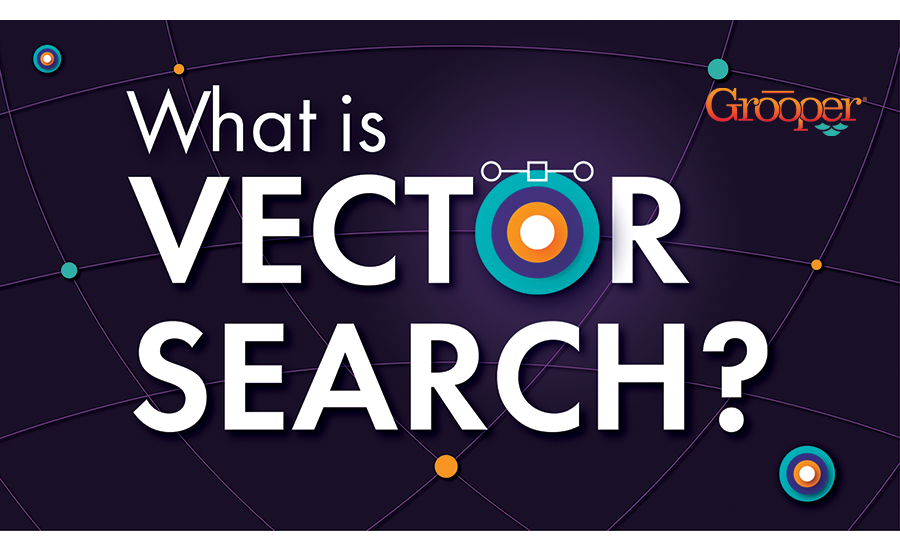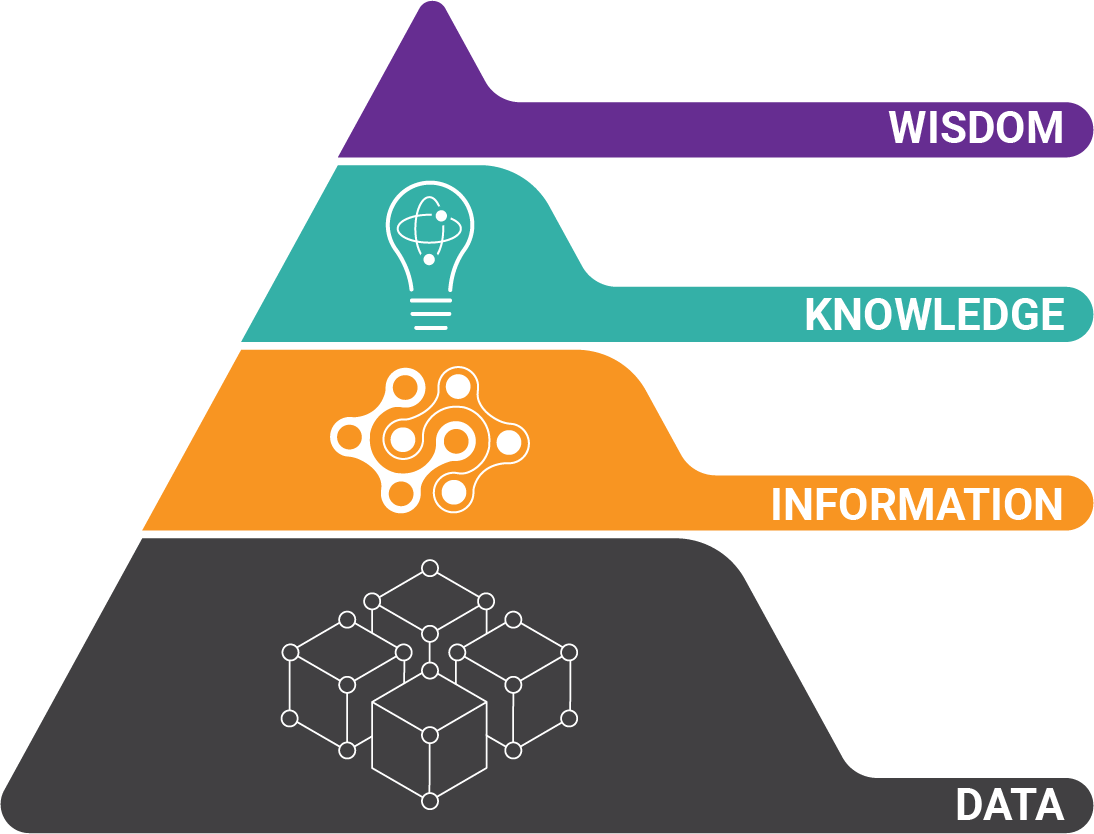As humans, we love the tales of humanity’s triumphs over the machine because they reveal our need to deal with the fear of being replaced.
When new technology comes out that threatens my, or your job security, it’s only natural to detest the machine and prove it’s not more capable, or to find it’s weakness and sucker-punch it (imagine AI writing my articles…no thank you!).
But, this is all wrong… Seeing artificial intelligence as a threat is a gut response that limits our ability to thrive and conquer in whatever era we live in.
Touting AI as a Way to Replace Human Workers is a Fallacy in Thinking
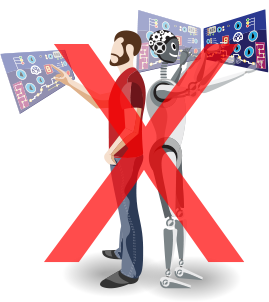 As a provider of AI-based technology, we have customers that more than quadruple their work output because of technology. And what do they do with that increase?
As a provider of AI-based technology, we have customers that more than quadruple their work output because of technology. And what do they do with that increase?
Digital transformation! They create new products, new sources of revenue, and hire more workers. Technology doesn't replace workers for the most part.
However, the reality is if you are simply performing stare-and-compare work, this is work that should never have been happening in the first place because of bad processes (thus the boom in robotic process automation tech).
How Paul Bunyan is Being Improved
 Think about Paul Bunyan chopping down a tree with one mighty swing of his axe. Now, imagine if he grabbed up a mighty chainsaw and just continued doing what he loved to do.
Think about Paul Bunyan chopping down a tree with one mighty swing of his axe. Now, imagine if he grabbed up a mighty chainsaw and just continued doing what he loved to do.
He’d be felling more trees than ever. If I had a pine forest ready for harvest, I’d take the massive Paul Bunyan with his chainsaw over an automated saw, wouldn't you?
But if we take on Paul Bunyan's fear of being replaced and choose to not augment our own work with AI-based solutions, we're missing out on huge opportunity.
BIG IDEA: There is no place for fear in AI-augmented workers (with the exception of lagging competition - they should be fearful).
This is the way to view AI, because its intelligence is… artificial. It will never be free of being tied to a human to be transformative (in a positive sense - bad AI is definitely a problem...).
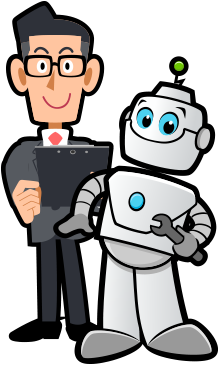 Your AI Strategy Will Only Thrive When...
Your AI Strategy Will Only Thrive When...
You wrap your head around that fact that it will only do well when paired directly with human effort.
Don’t believe me? Think about Spreadsheets.
OK… Not hard to imagine, right? How many times have you needed an answer to a business problem and ended up using the tried-and-true spreadsheet? Probably almost every time? Or at least for the most important decisions of all, right?
Why the almighty spreadsheet? It’s all about trust and control.
Do you 100% trust your CRM / ERP for your biggest decisions? Does Power BI hold the same allure as your custom-built years-old reporting dashboard or spreadsheet?
Probably not. You know data gets skewed, or misinterpreted when it is processed. It only needed to happen once and you don't trust it, requiring you to go closer to the source.
If we can’t fully trust the data our core systems are producing, how will we ever trust the data that AI creates? And if we don’t trust AI, but still “use” it, it’s a waste of time and money!
Trusting Fully Automated AI
 Salespeople talk about AI automating anything and everything. But do the people that actually need and use it's work product trust it?
Salespeople talk about AI automating anything and everything. But do the people that actually need and use it's work product trust it?
Will fully automated AI become mainstream with no thought as to it’s trustworthiness? Maybe. Probably?
Think about self-driving cars. Enough crashes have happened that I can’t imagine many people just hopping in the back of one and taking a cross-country trip through cities and construction zones. We’re still going to be at the wheel for a very long while in all but the most controlled use-cases.
Here’s Where We’ve Got AI Right
Think about AI making medical diagnosis or health predictions - better than human doctors?
Maybe in some cases, but does AI in medical technology ever operate without an educated doctor? Nope, never. At least the medical industry understands that AI works best when it augments humans.
 But let’s get back to the topic of data.
But let’s get back to the topic of data.
In our world here at Grooper, we've created Document AI. Our customers automate the integration of very detailed information from unstructured and very complicated semi-structured data sources.
We know if one of the data elements needed is a dollar amount field or critical date field, it needs to be 100% accurate for any business decisions to be made from it.
Case in Point: Recently a global oil and gas producer was fined over 2 million dollars because they misread a date on a lease (not our customer!).
Small error = massive negative business impact. Nobody should suffer that.
So, When You’re Promised Full-On AI Automation, Your Spider Senses Should Flair Up (Run Away!)
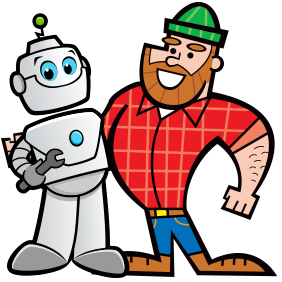 Here’s what you need to be asking:
Here’s what you need to be asking:
- How is human review performed?
- How is accuracy “3rd-party” verified?
- What fail-safe mechanisms are built in?
- How is this better than expert humans doing the same work?
Brilliant, world-changing AI is achieved when it augments humans to do what they do, but better. Because of this, we don't need to have a fear of AI.
And what about AI that doesn’t embrace humanity? Well, it is near-sighted, dangerous, untrustworthy, and worthy of the continuation of tales of destruction and machines taking over.
About the Author: Brad Blood
Senior Marketing Specialist at BIS
